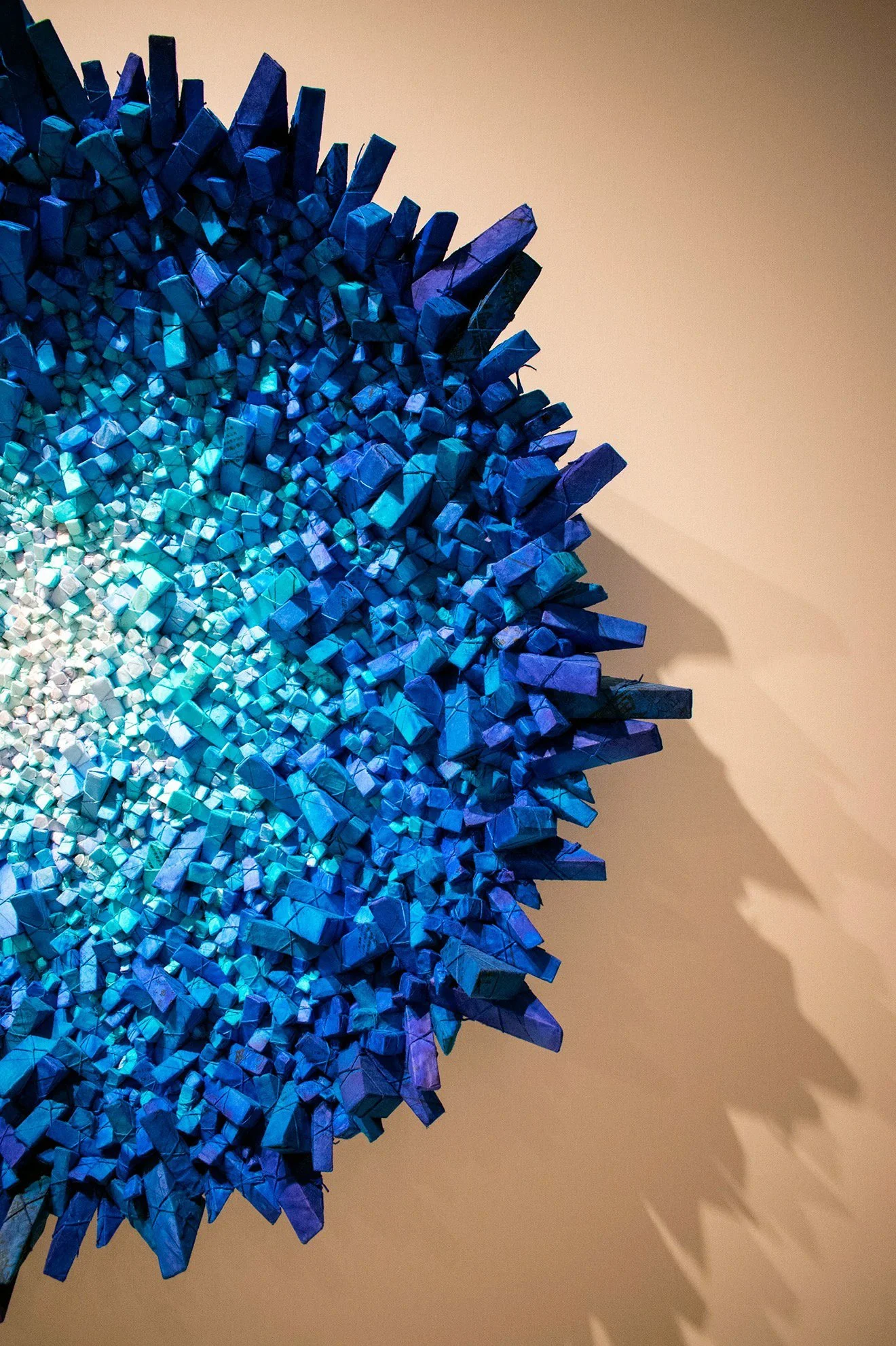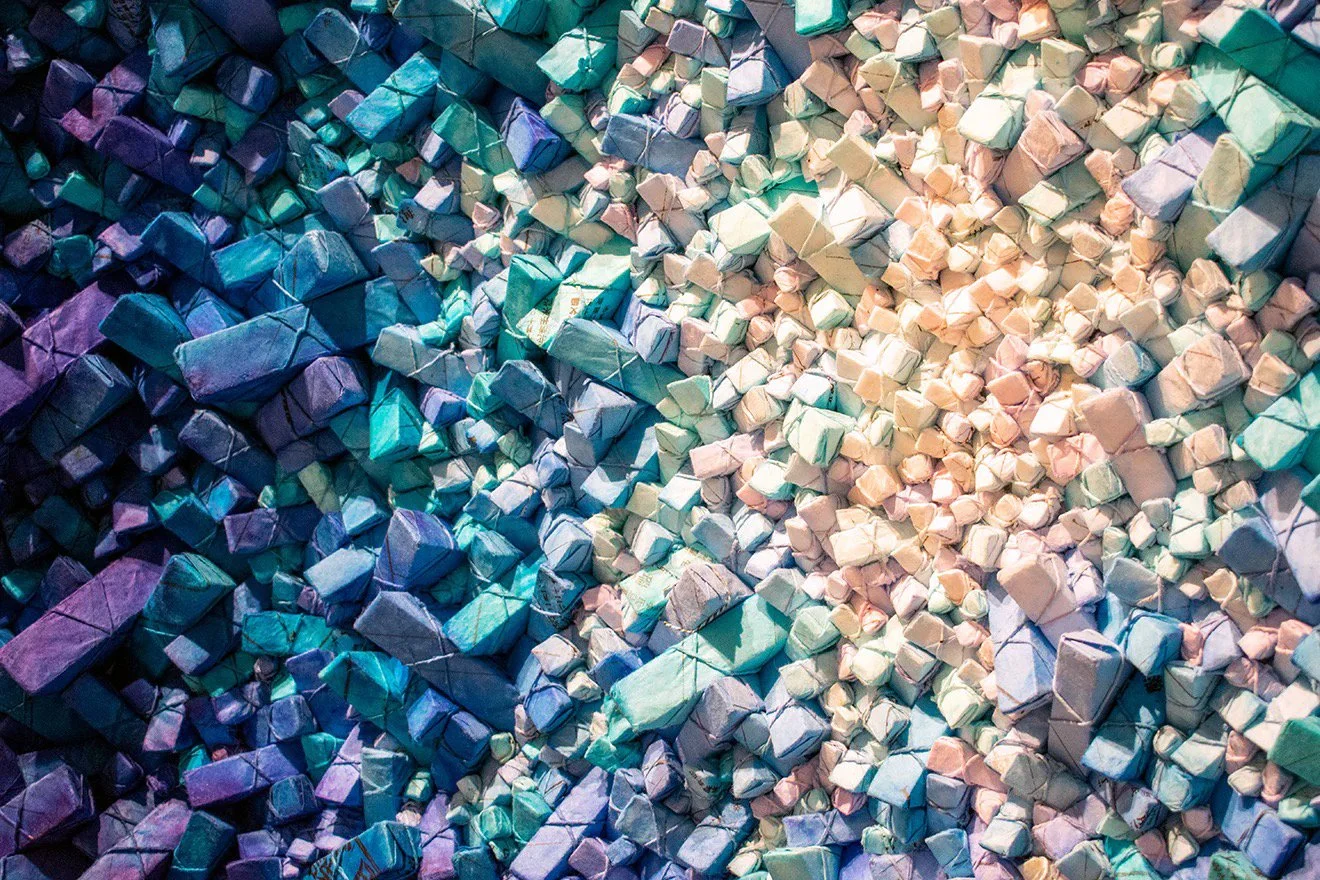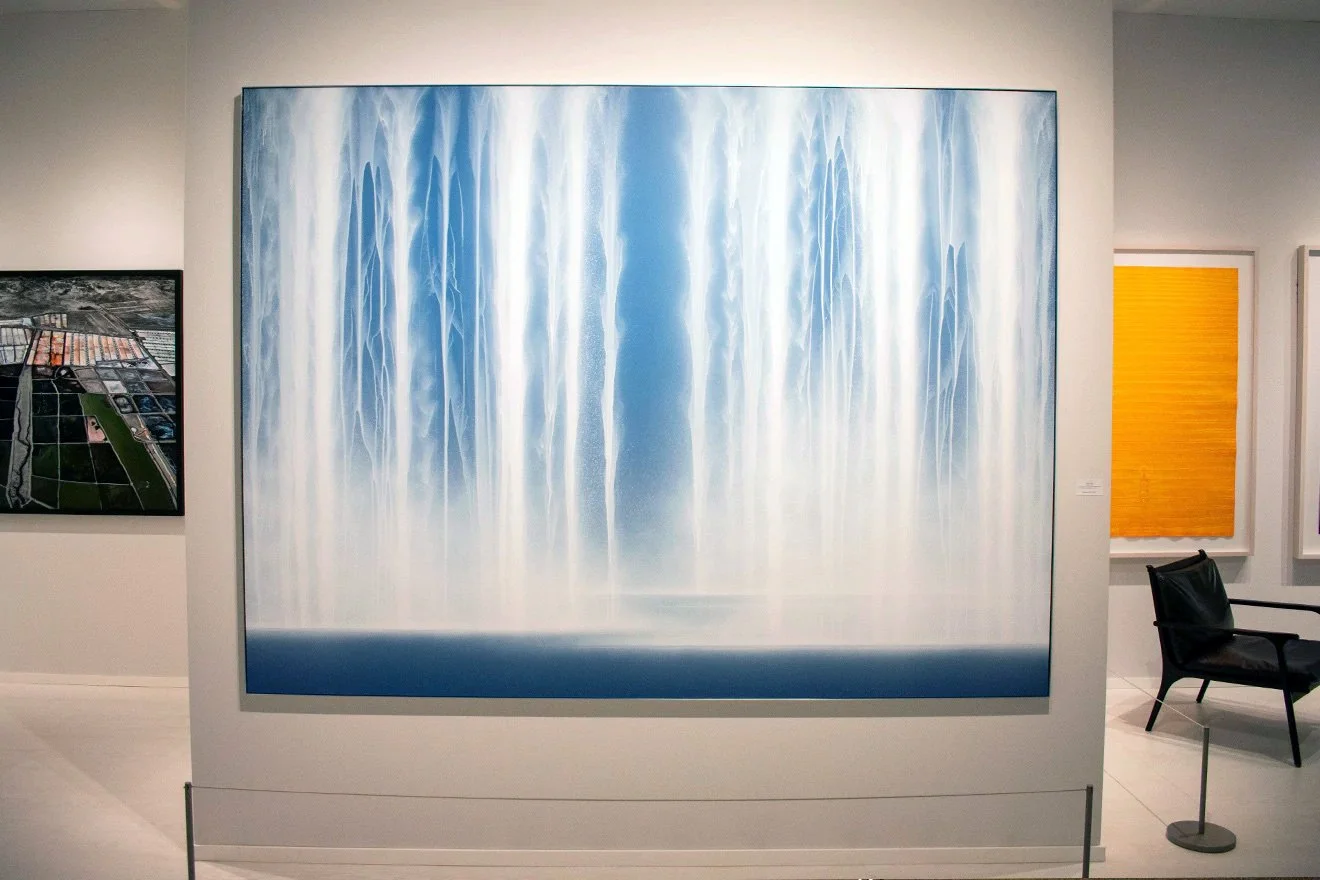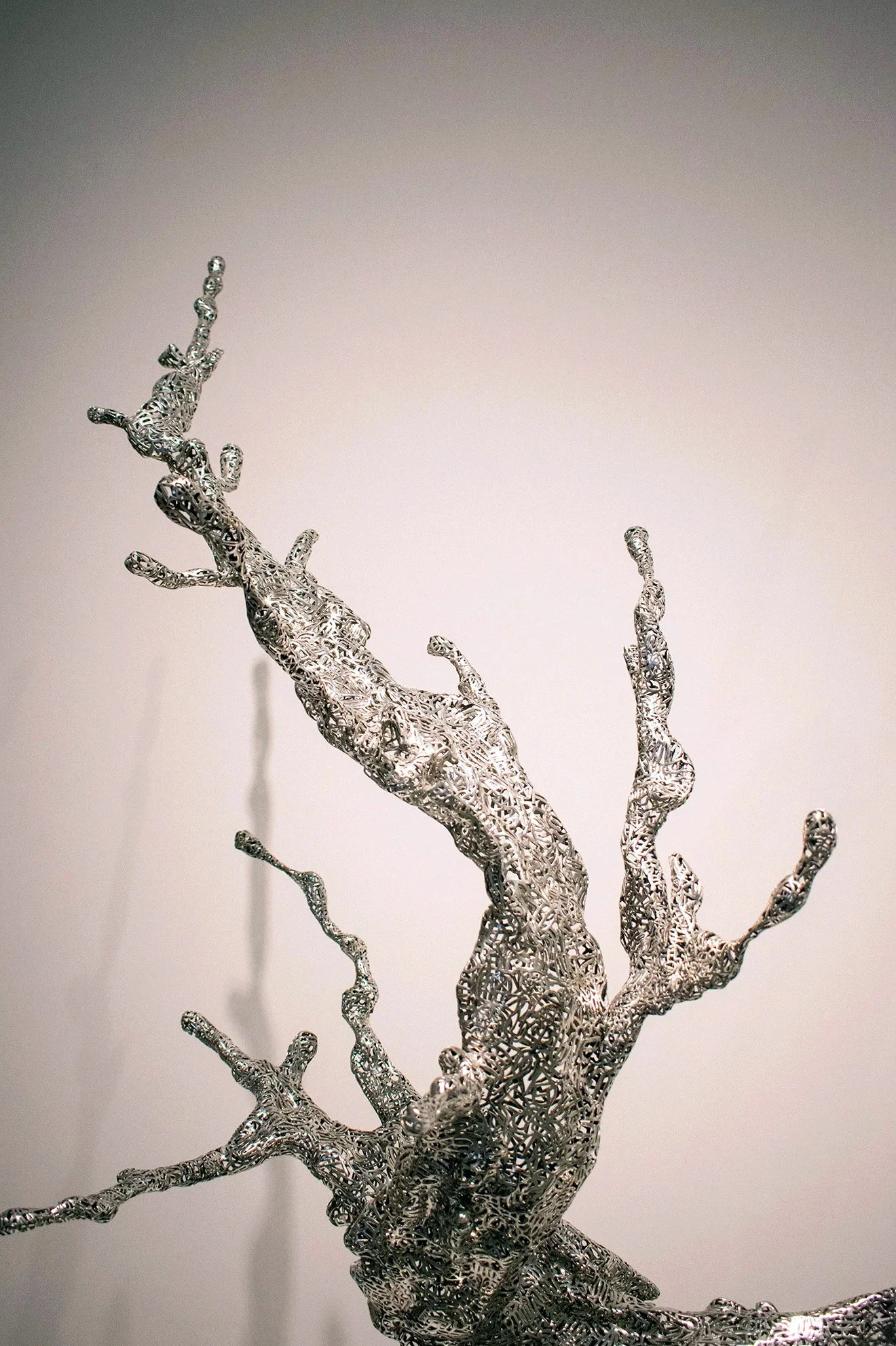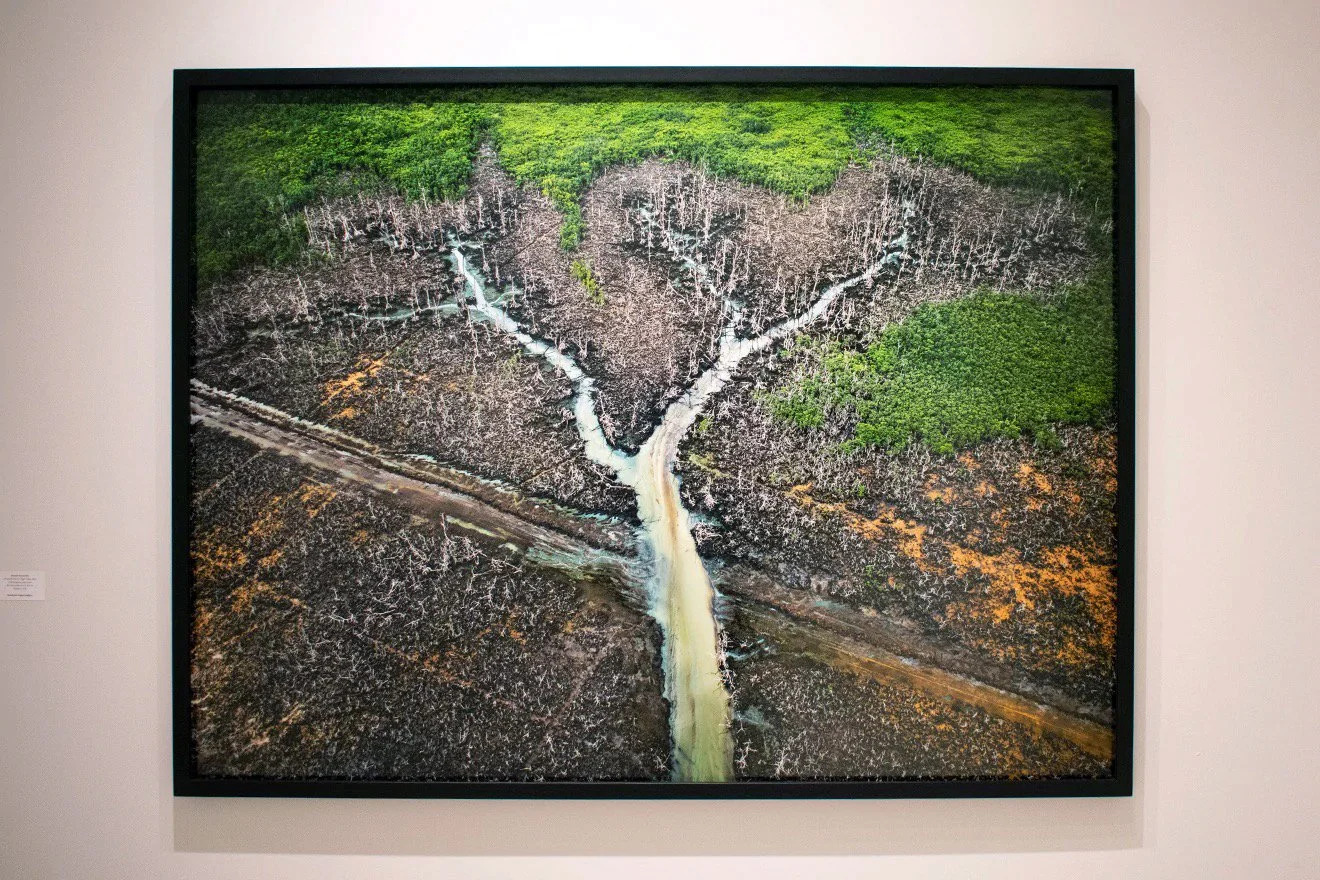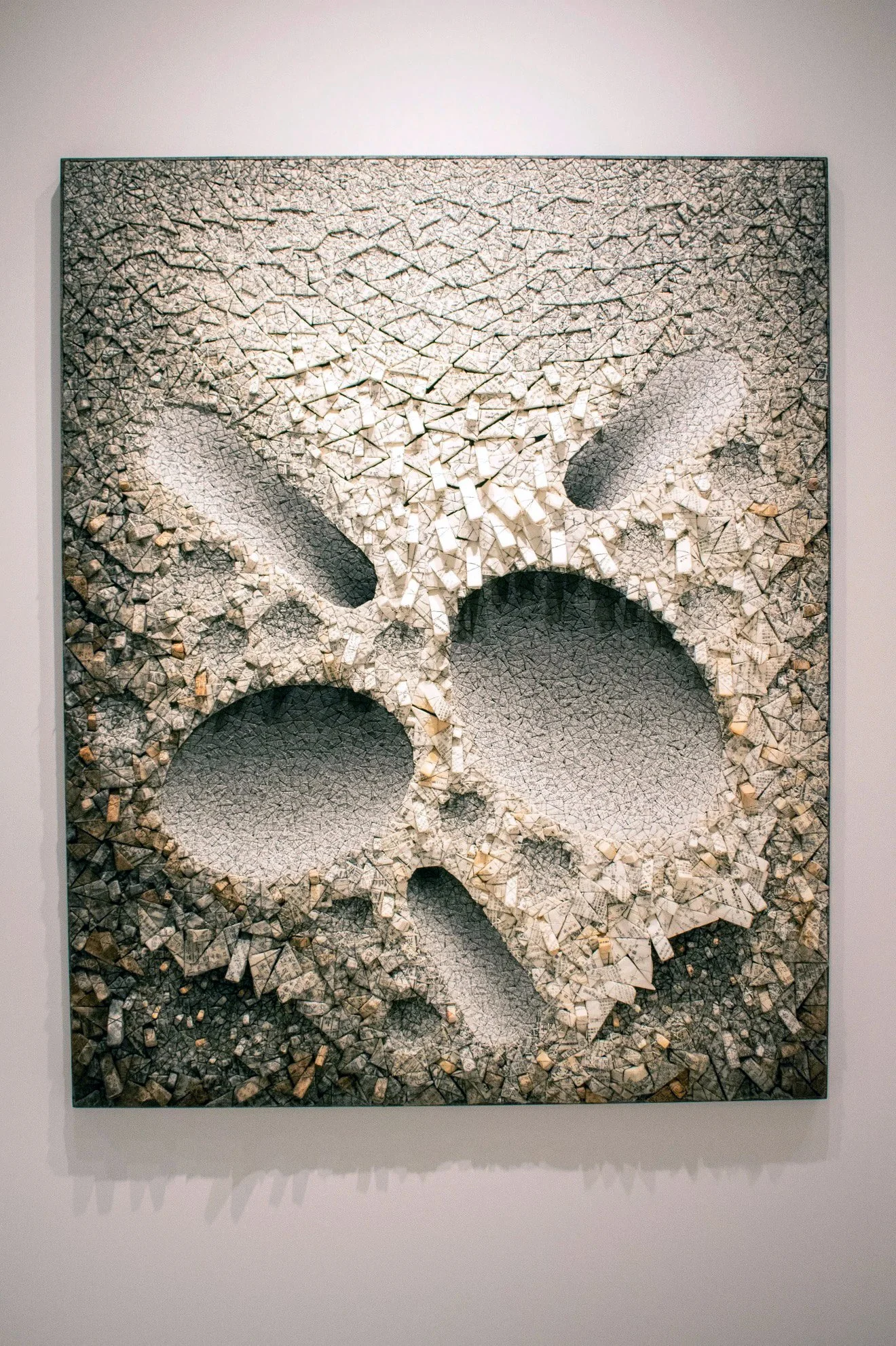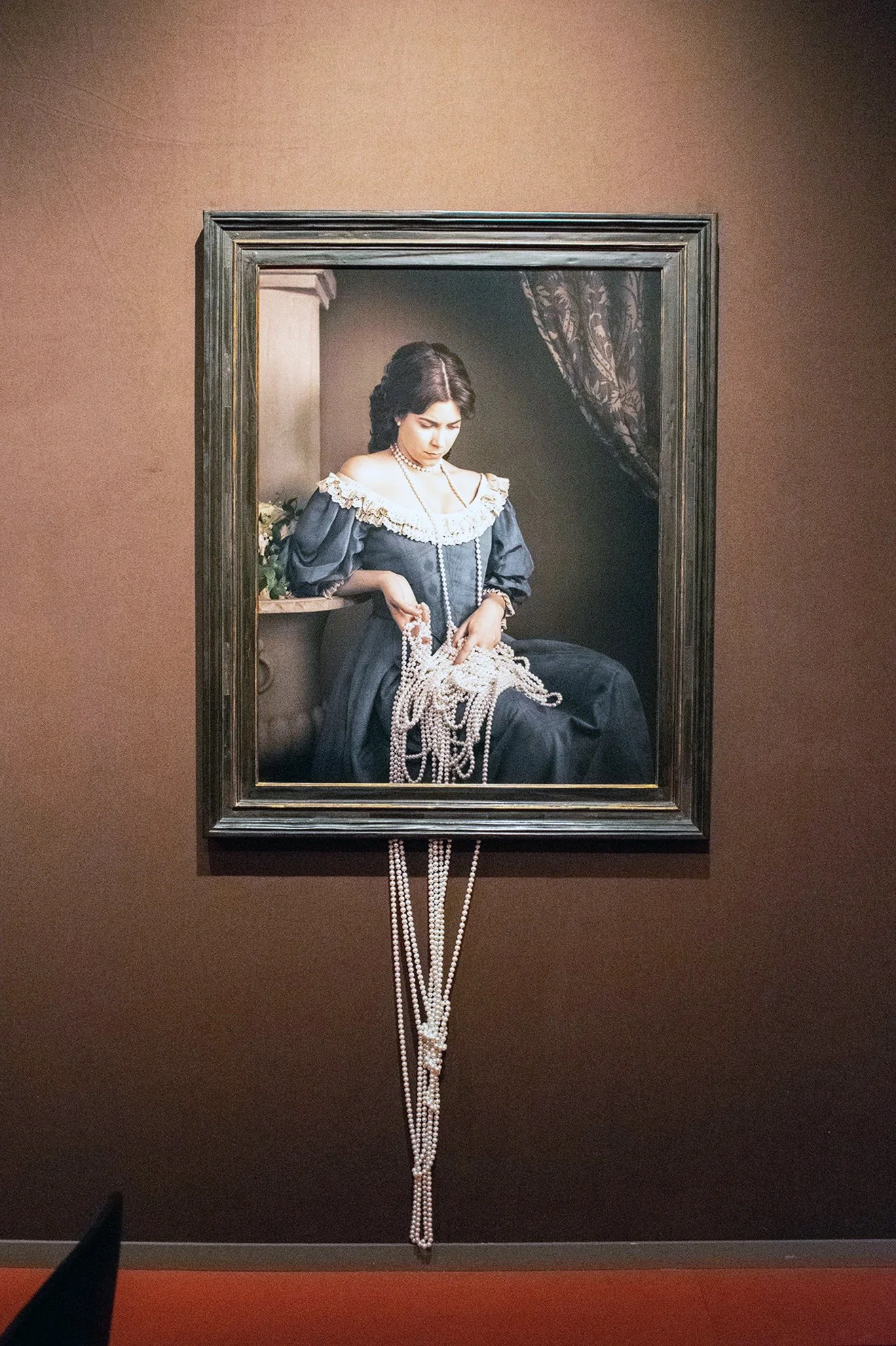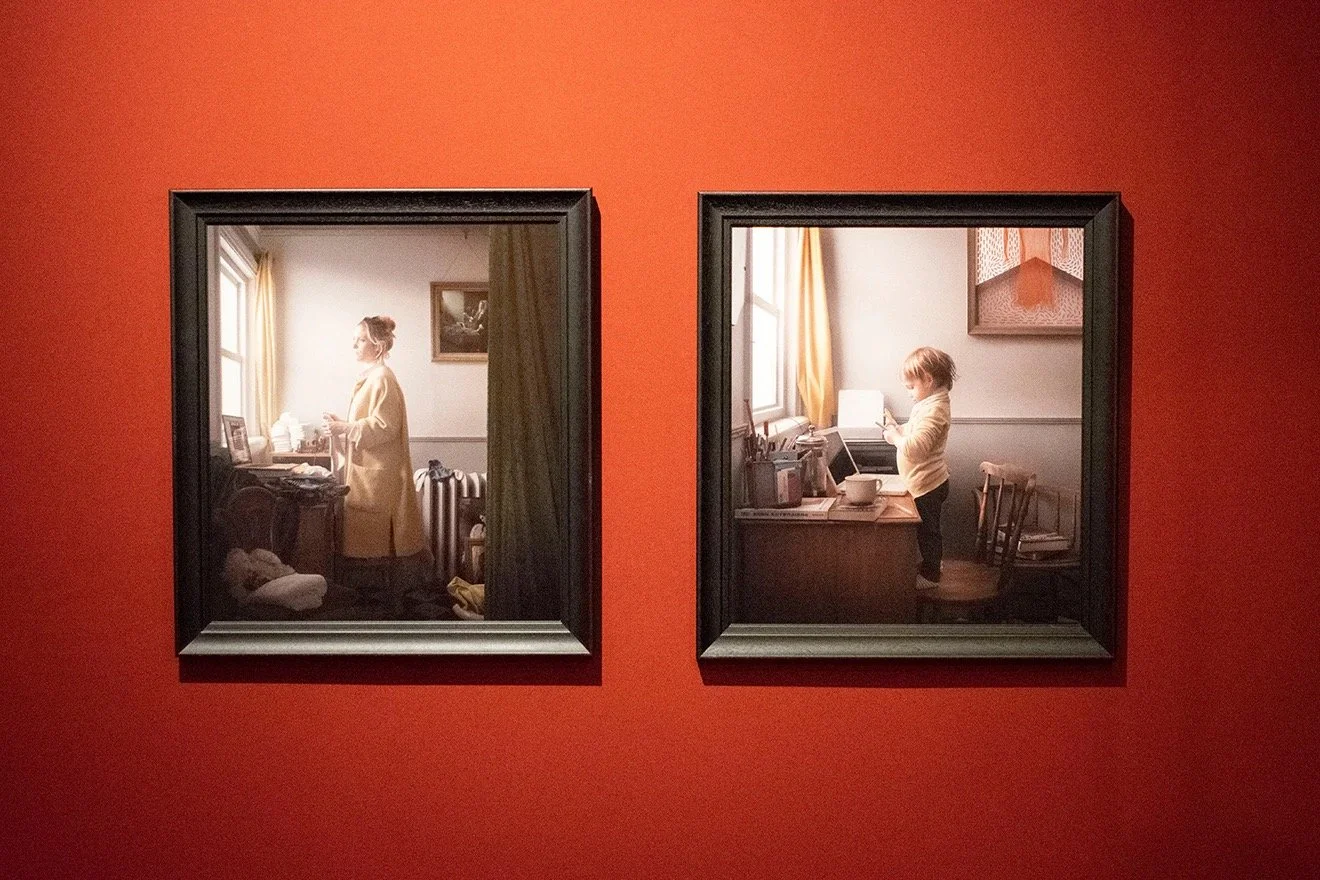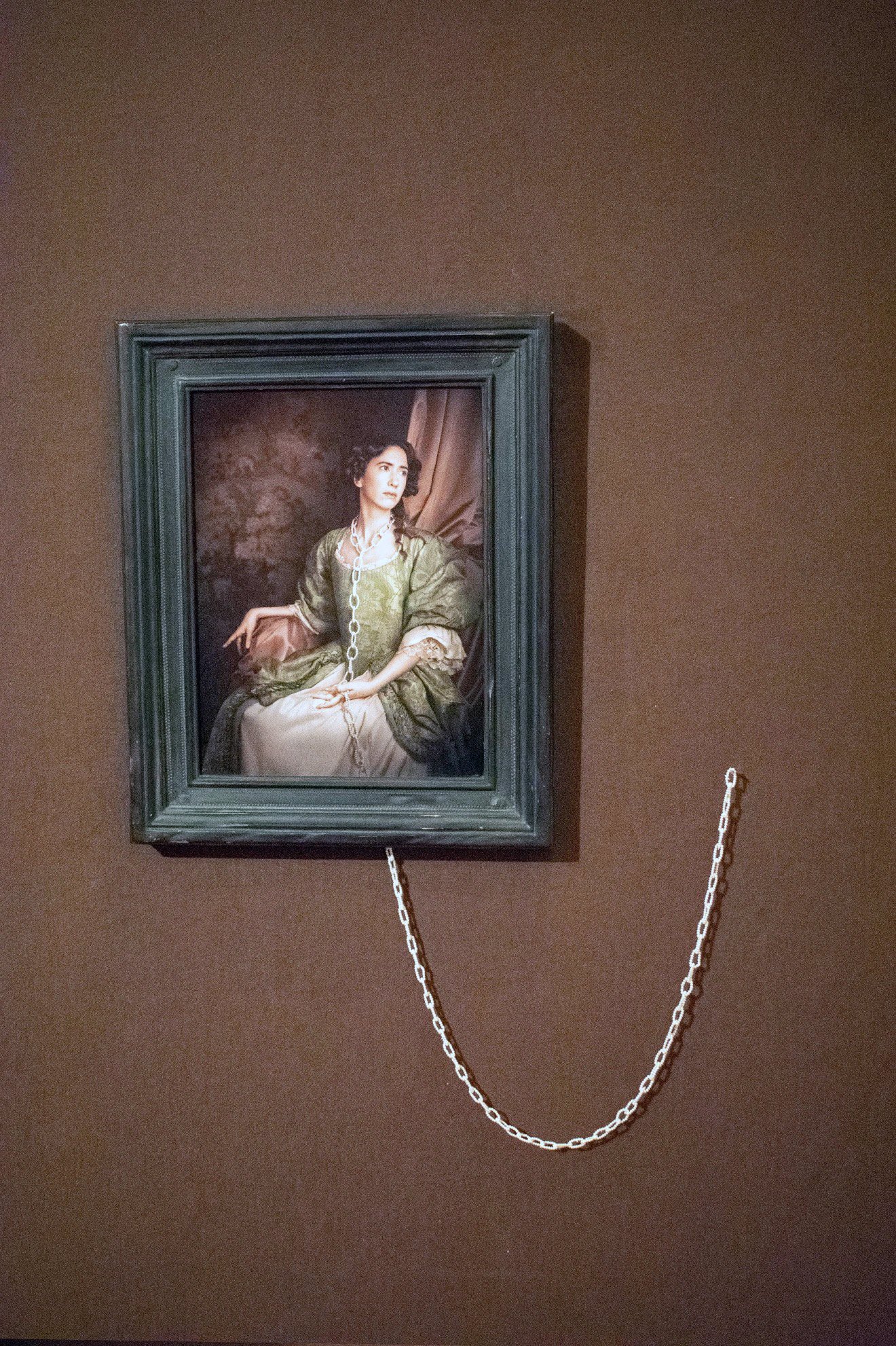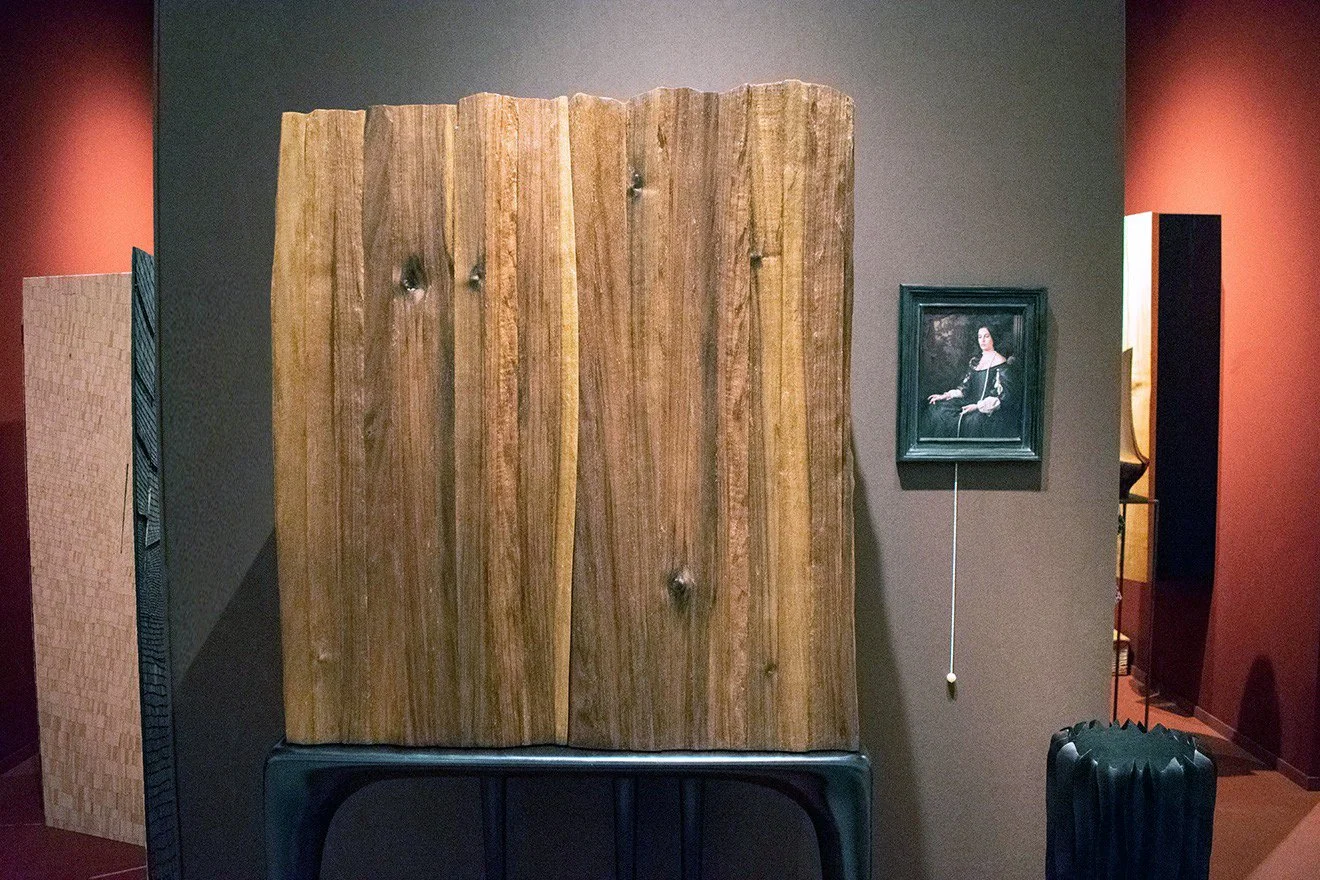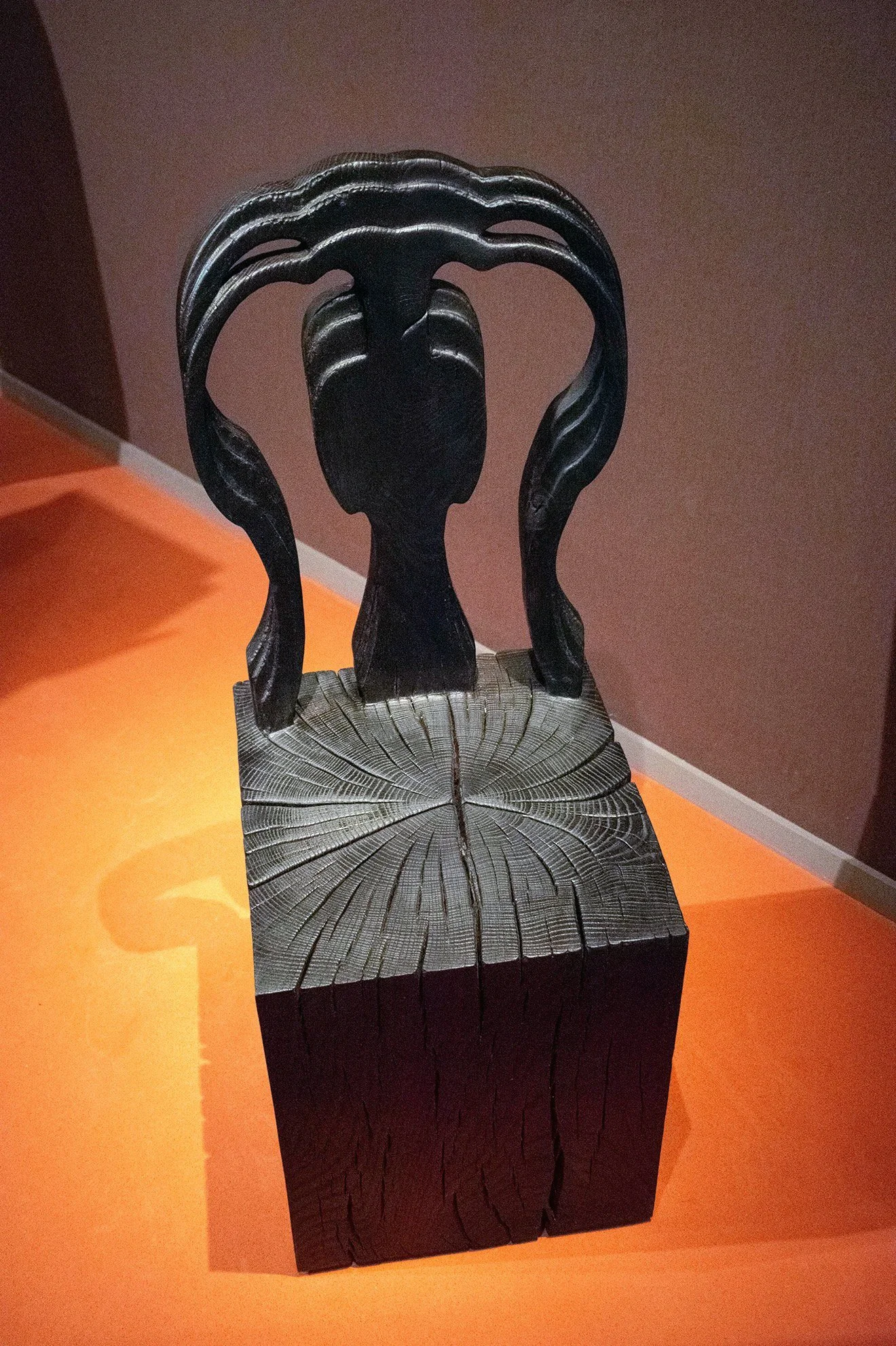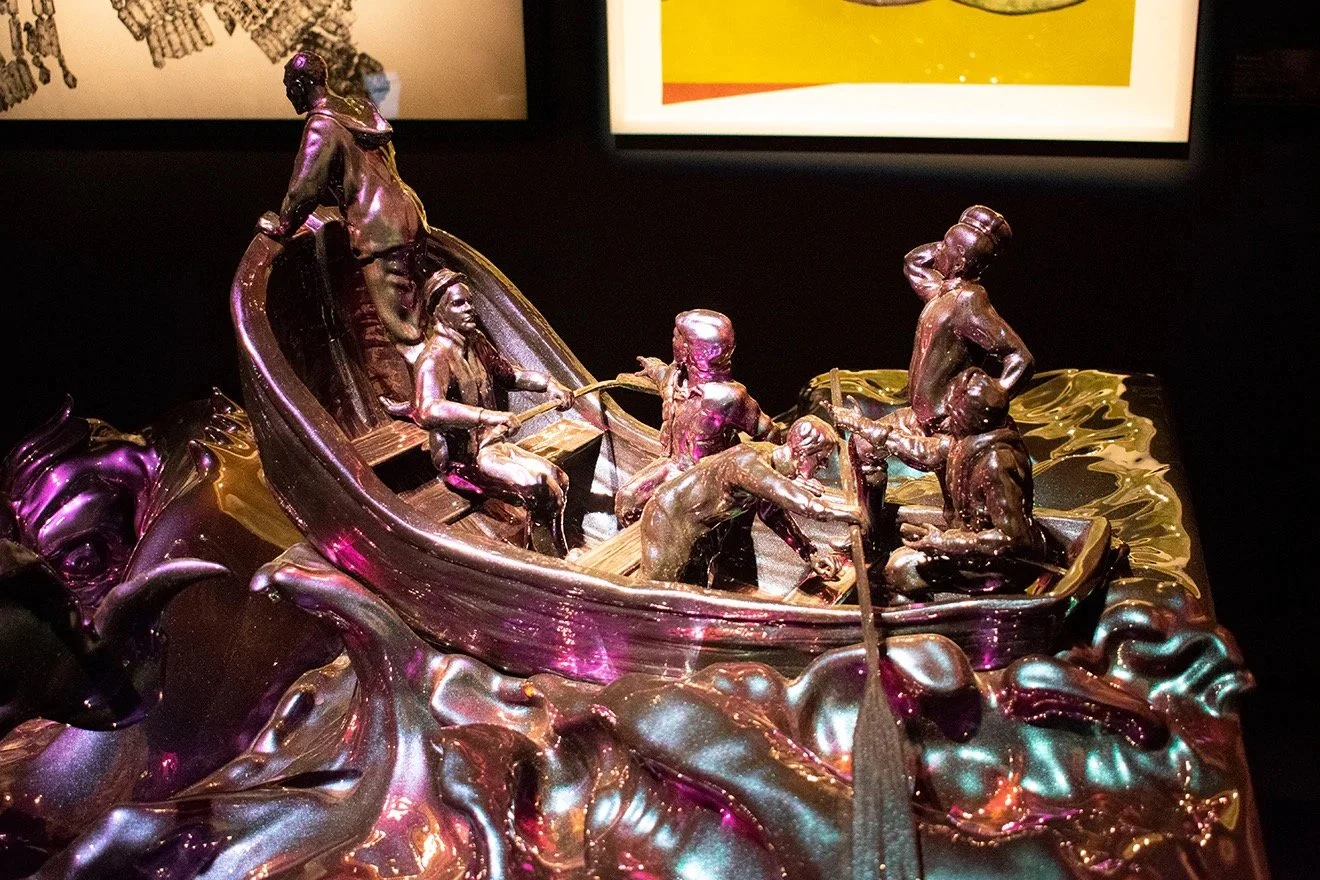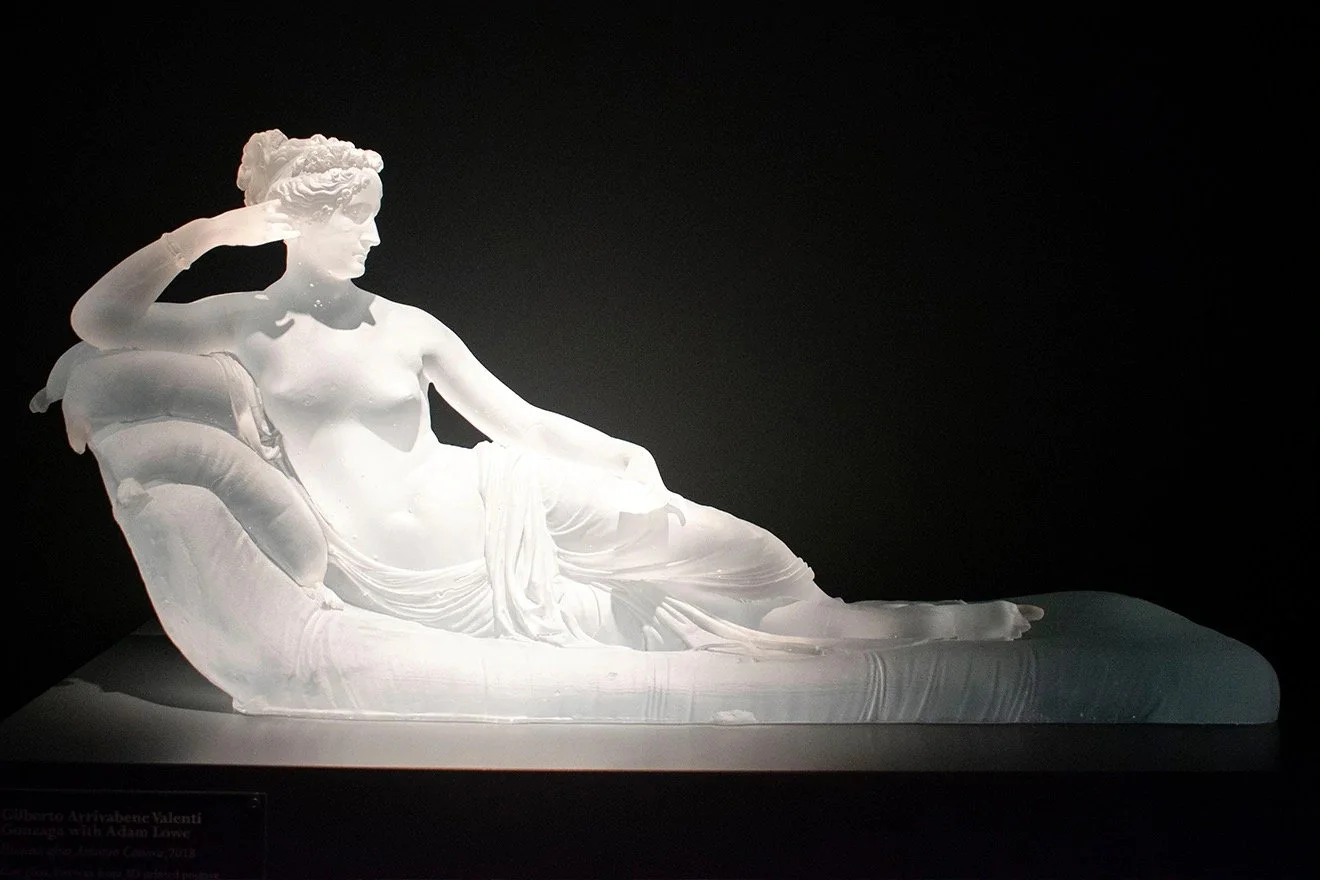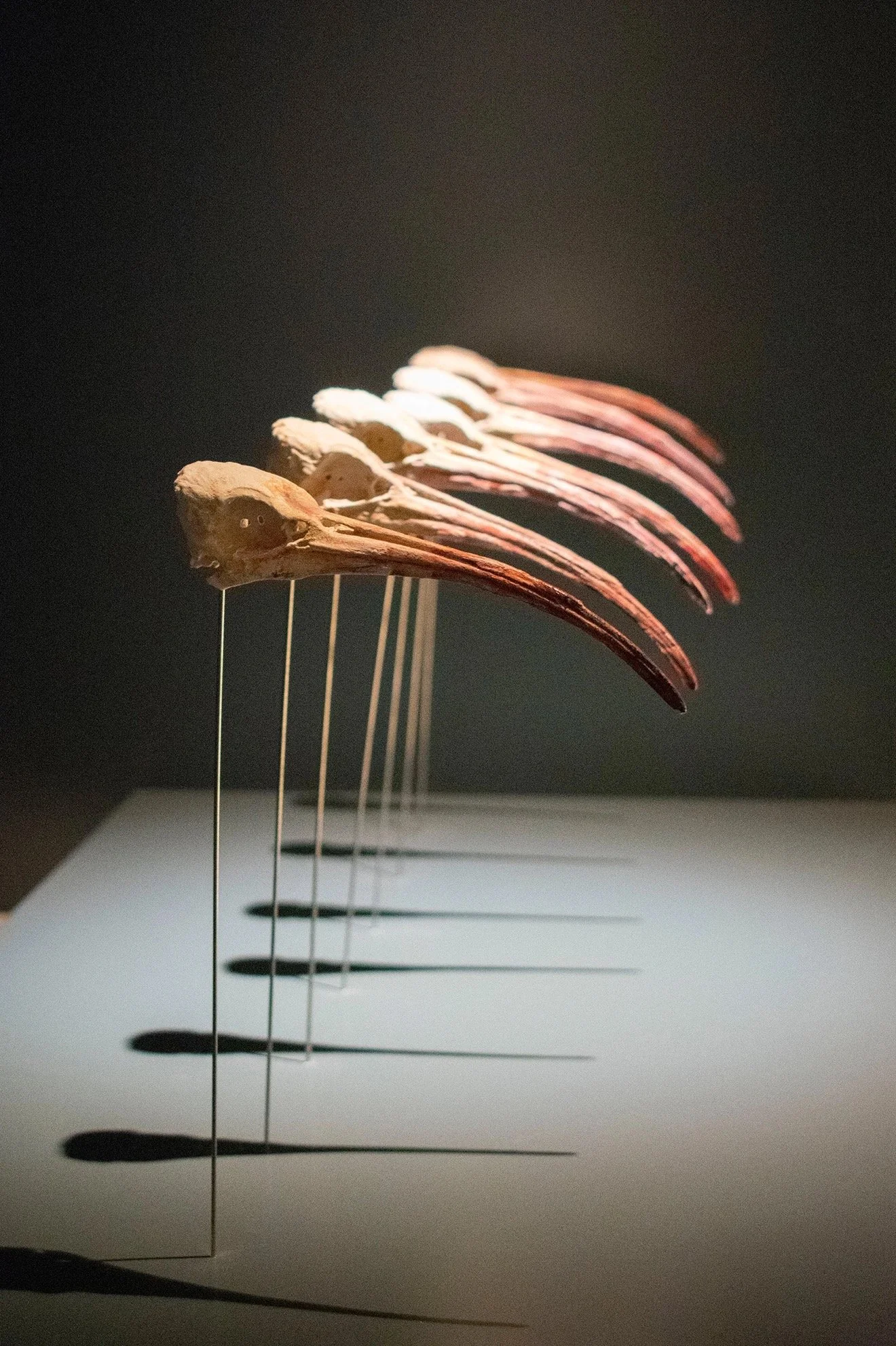Masterpiece 2018
Highlights from Masterpiece 2018 - one of the world's leading multidisciplinary art fairs, offering the finest works of art, design, furniture and jewellery, from antiquity to the present day.
Masterpiece returned to the grounds of the Royal Hospital Chelsea and with it, brought some of the finest brands, designers and galleries to showcase the vast collections of art, sculpture and design from across the globe. Selecting four of my favourite brand discoveries, I share the designs that caught my eye during the fair.
Sundaram Tagore Gallery
It was the vibrant blue hues of Chun Kwang Young's work that caught my eye as I walked onto the stand. An incredible explosion of shards creates a gradation of colour, darkening as it reaches the edge. Upon closer inspection, these shards soften as it becomes apparent that they have been created from Korean mulberry paper, each piece intricately wrapped in string. What proves to be even more fascinating is the appearance of print on some of the segments, a subtle reference to the previous life and use of the paper before it transformed into a beautiful work of art.
Taking centre stage was the work of Hiroshi Senju, a Japanese-born painter, internationally recognised for his sublime waterfall and cliff images. Whilst Senju's work is contemporary in appearance, there is a deep connection with tradition, creating works by using a thousand-year-old nihonga style of painting, applying pigments made from minerals, ground stone, shell and corals suspended in animal-hide glue which has then been poured onto mulberry paper to create the serene-scapes that we have come to admire.
An oversized splash, frozen in time; Zheng Lu's work has been influenced by the detail of Chinese calligraphy. From a distance, the gravity-defying design appears like a splash of mercury, reflecting the light on its twisting surface. As the viewer inspects the work, the piece has actually been constructed from thousands of Chinese characters derived from texts and poems of historical significance. The fascinating process of creating each sculpture begins with a plaster base. Characters are laser cut into metal and in a similar method of linking chainmail; heat is used to connect the pictographs to support and shape the finished works.
Canadian photographer Edward Burtynsky's photography struck a chord with the crowds. His work exhibited the human impact on nature through a series of photographs of industrial landscapes, deforestation, farming and quarrying. In a mesmerising twist, the photographs capture the beauty and innocence of a delicate ecosystem being manipulated by the human hand whilst highlighting the destruction that we are causing.
Sarah Myerscough Gallery
A striking merge of traditional and contemporary design, Sarah Myerscough Gallery attracted the attention of the crowds for all the right reasons. Showcasing some very clever pieces that quite literally come out of their frames, these pieces have been paired with furniture and accessories that showcase the beauty of natural material and form.
An artist's name that I will forever remember from this year's Masterpiece is Maisie Broadhead and it is one that you should remember too. Broadhead re-interprets art historical images with impressive detail from the complex set designs to lavish costumes and theatrical direction, extending the works out of the frame and into the real world by replicating the jewellery and pearls, creating an illusion as if they have been dropped out of the bottom of the frame or suspending the character like a puppet.
I had the great pleasure of discovering Wycliffe Stutchbury's beautiful art and screens on display at last year's LINLEY Summer art school. The work on display is a three-piece screen that has been constructed from European oak and bog oak, displaying the beauty of a material that often remains discarded and unforgotten. Named after the location of the original, materials used to create these pieces of art can come from a diverse range of places; from the floorboards of a Victorian house, fences and gate posts to branches discovered in scrublands, each creating its own unique identity.
Joseph Walsh's Cleft Cabinet is a magnificent work of art in itself. The furniture piece has been crafted from wood that remains in a more natural form on the exterior of the cabinet that transforms as the doors are opened to reveal a slick and contemporary interior. This is a design that looks just as impressive closed as it does open for the chance to proudly display its contents.
Factum Arte
One of my favourite exhibitors for 2018, I was immediately drawn to the Factum Arte stand for its unique curation of sculptural and artistic works. Upon closer inspection, many of the works are not as they first appear; be that through the use of a fascinating material or a piece that transforms in front of your very eyes.
It was Shezad Dawood's 'Where do we go now?" that caught my attention with its sparkling metallic resin finish. As I moved closer, part of the sculpture appeared to change colour. Fascinated with what. I had experienced it, I walked to the other side to see the design transform from a metallic pink into a mesmerising green hue.
The works were inspired by the engravings and illustrations accompanying Jonathan Swift´s 1704 pamphlet of the same name. Swift´s work is a response to Thomas Hobbes´s Leviathan, one of the first treatises on the nature of legitimate government. In Dawood´s work, the whale represents the beast of the State, which threatens to destroy the vessel, prompting the sailors to throw overboard a barrel, representing their labour (or ‘capital’) to distract it. To create the fascinating finish, the model was 3D printed and cast in composite resin which was then coated with polychromatic paint.
Other works to catch the eye were the glass re-creation of Antonio Canova’s sculpture, Paolina Borghese which was produced in collaboration with the designer Giberto Arrivabene and the 'Seven skulls of a Northern Bald Ibis' by Hrair Sarkissian. The works were 3D printed recreations of a real skull loaned to the artist from Zoo of Jerez de la Frontera in Southern Spain. The birds are now considered to be extinct with the last sighting of seven being seen in 2014.

